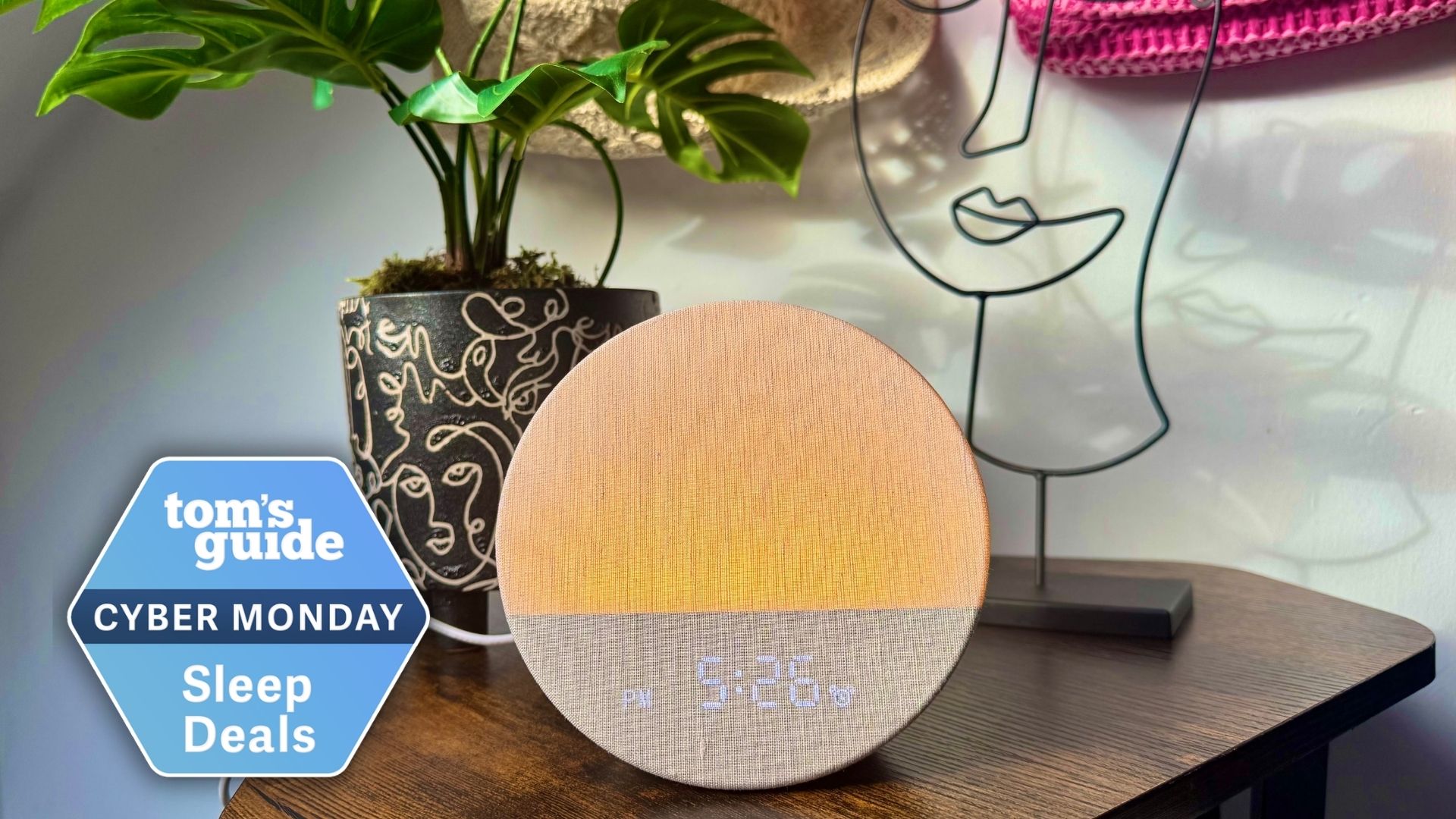How to turn any grill into a non-stick surface using this one kitchen staple
You can make your grill non-stick in only 2 minutes — here's how
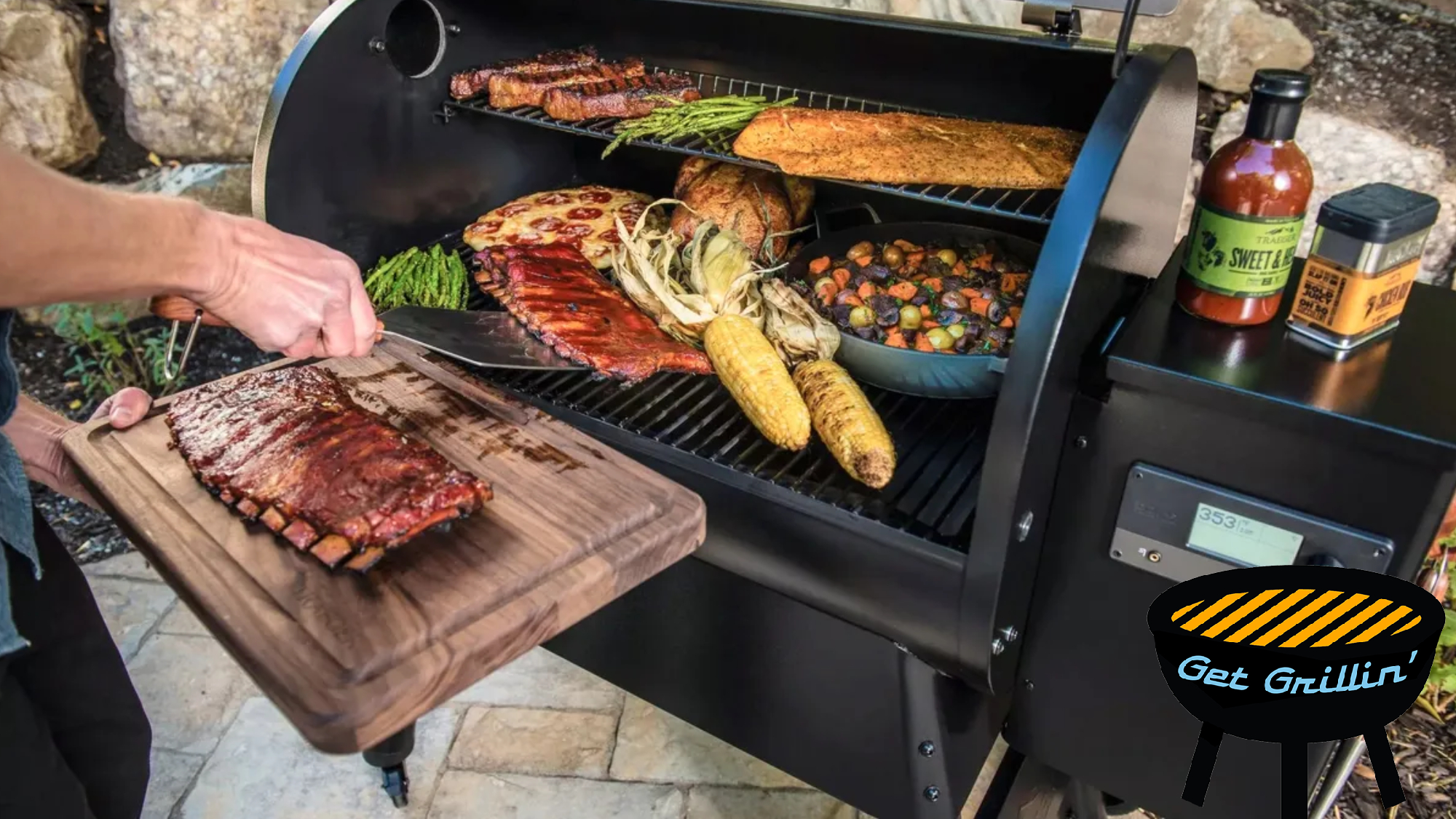
Picture this: you’ve marinated that perfect piece of salmon, fired up the grill, and carefully placed it on the grates, only to watch helplessly as half of it tears apart and sticks when you try to flip it.
We’ve all been there, muttering under our breath as our beautifully prepared fish or chicken becomes a mangled mess. While fatty meats like burgers naturally release from grill grates thanks to their oil content, lean proteins like fish, chicken and shrimp seem magnetically attracted to hot metal. Even the best grills can’t save you from a stuck fillet.
The usual solution involves nonstick cooking spray, but what happens when you’re mid-cookout and realize the can is empty? Or when you discover that too much spray actually creates a sticky, gunky residue that makes the problem worse? As Grillin’ Week is in full swing, the answer lies in your kitchen’s most humble vegetable.
This brilliant hack uses a simple potato to create a natural, effective barrier between your food and the grates. Here's how to turn any grill into a non-stick surface.
1. Heat your grill to temperature
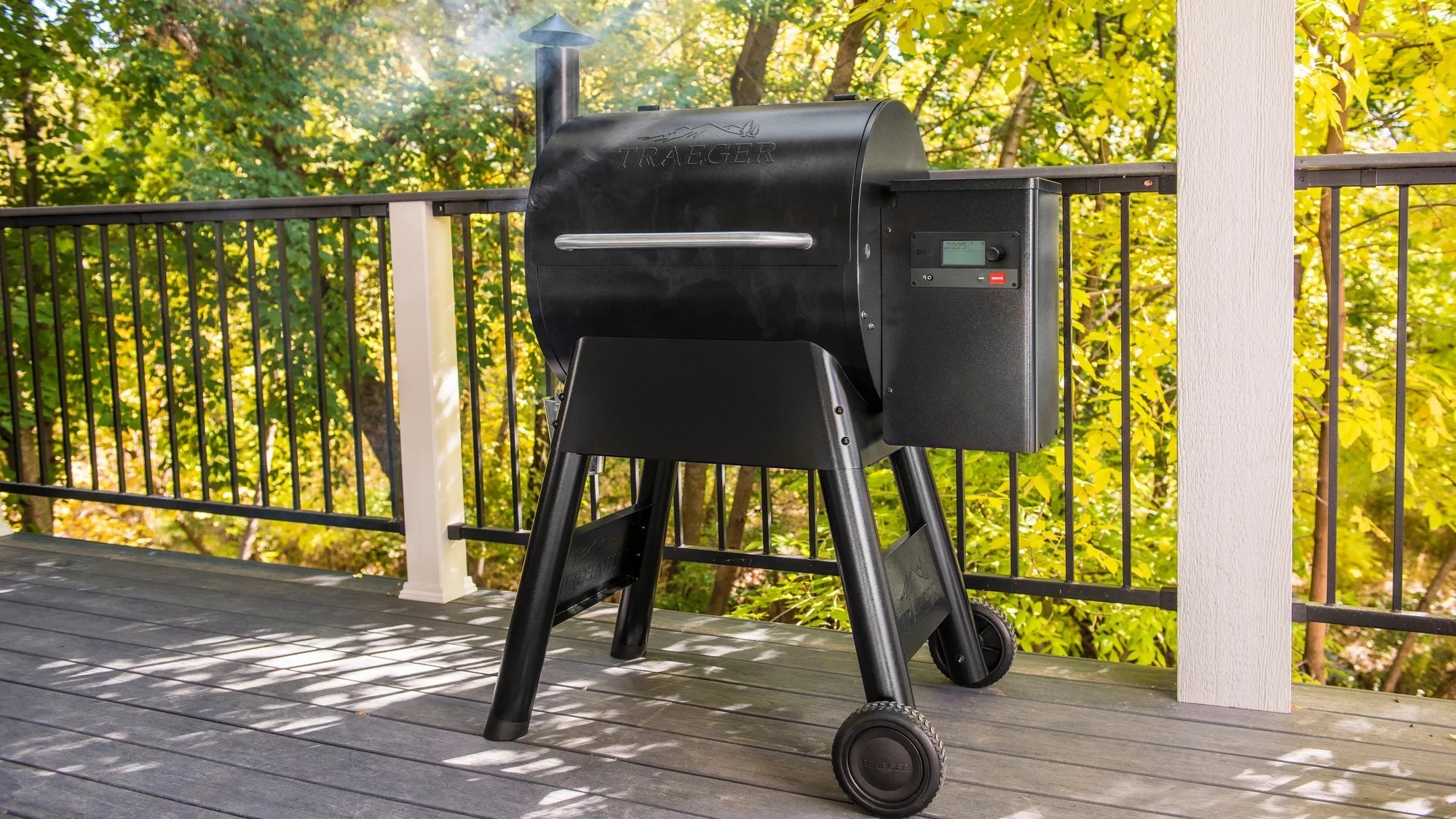
Start by firing up your grill to your desired cooking temperature, typically medium-high heat for most proteins.
This method works equally well whether you're using a gas grill, charcoal setup, or even an indoor grill pan. The key is ensuring your grates are properly heated before applying the potato treatment.
If you're using charcoal, wait until the coals have that gray-ash coating and you can hold your hand about 5 inches above the grates for only 3-4 seconds. For gas grills, preheat with the lid closed for 10-15 minutes to ensure even heat distribution across all grates.
2. Prepare your potato
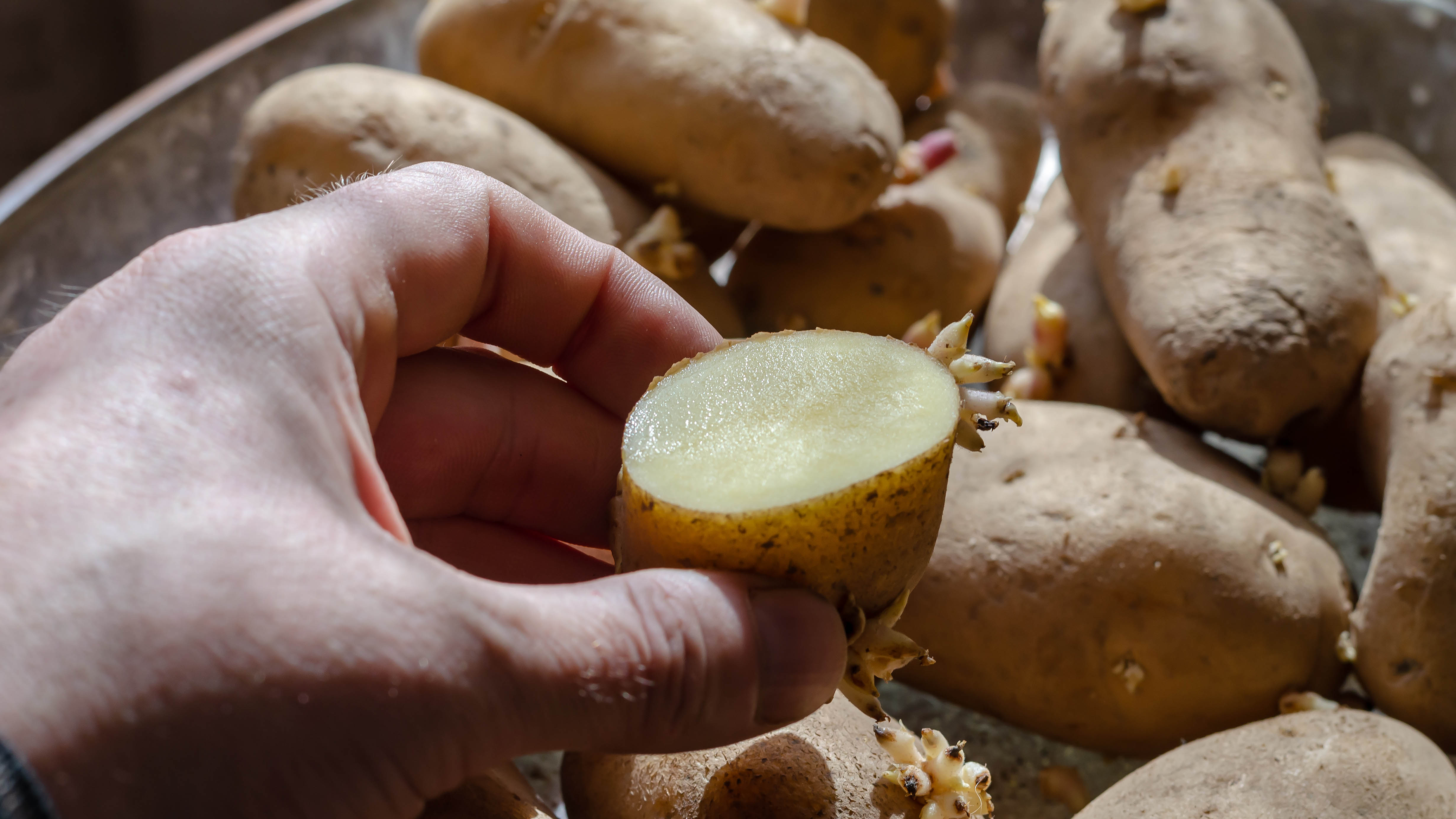
Next, select any potato from your kitchen. Russets work brilliantly due to their high starch content, but red potatoes, Yukon Golds, or even sweet potatoes will do the job.
Cut the potato in half crosswise using a sharp knife, creating a flat surface with maximum exposed flesh. The fresher the potato, the more starch it will release, so avoid using potatoes that have been sitting around for weeks.
You want to see that clean, white flesh with plenty of moisture, as this is where the magic happens. Save the other half for later use or future grilling sessions.
3. Create your safety tool
Take a sturdy two-prong meat fork (the kind you'd use for carving) and firmly skewer it into the cut end of the potato half. Push the fork deep enough to create a secure grip, but leave the entire flat, fleshy surface completely exposed.
This improvised tool serves two crucial purposes: it gives you a safe handle to grip while keeping your hands well away from the scorching hot grates, and it provides the control you need to apply even pressure across the cooking surface.
If you don't have a meat fork, a regular dinner fork can work — just make sure it's inserted securely.
4. Apply the magic coating

With your grill heated and your potato tool ready, begin rubbing the exposed potato flesh directly onto the hot grates. You'll hear a satisfying sizzle as the potato makes contact — this is the sound of starches being released and activated by the heat.
Work across the entire cooking surface, applying gentle but firm pressure to ensure good contact. Cover every inch where you plan to place food, including the spaces between grates.
The potato will start to break down slightly, leaving behind an invisible but effective coating. You'll notice the grates becoming slightly glossy — that's your natural non-stick barrier forming.
Then simply place your food on the grills and enjoy!
Top tips for best results
- Use the potato techniqye on clean grates for maximum effectiveness
- Reapply between batches if cooking multiple items
- The potato method works on both gas and charcoal grills
- Save on waste by cooking the other potato half!
5. Alternative options
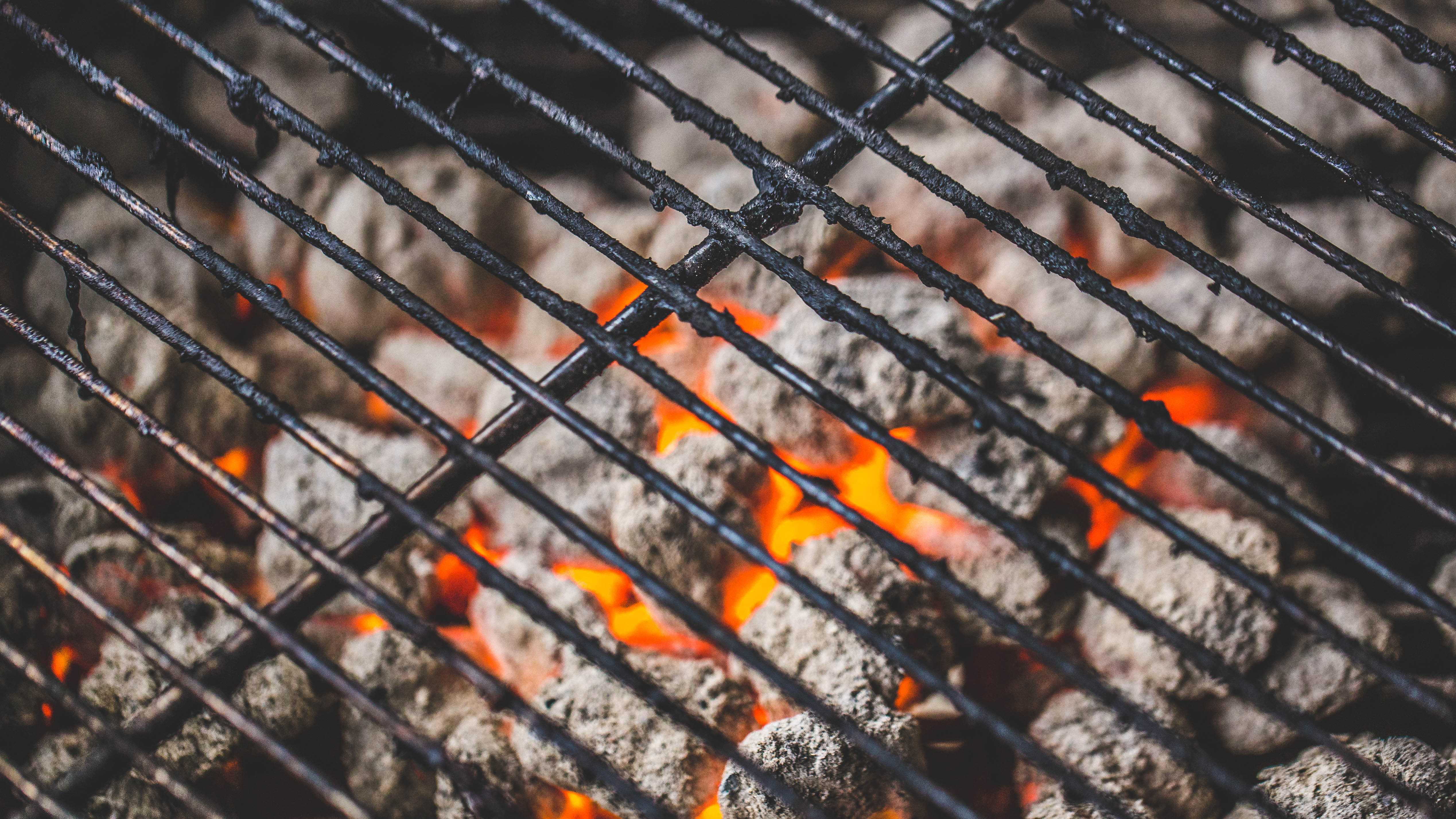
Don't have a potato? Half an onion works similarly, though it will impart a subtle onion flavor to your food.
A halved lemon also creates a barrier, plus adds a light citrus note that pairs beautifully with fish and chicken. Bonus tip — you can use the other half of the lemon to clean the grates when you're finished.
Now you know how to create a non-stick surface on your grill, why not take a look at our other useful guides?
Check out how to make the perfect smash burger on your flat top grill, according to a pro chef and air fryer owners will be happy to know that you can grill all season round in 7 easy steps.
And, if you're considering upping your BBQ set-up, here's 5 things I wish I’d known before buying a smoker.
Get instant access to breaking news, the hottest reviews, great deals and helpful tips.

Kaycee is Tom's Guide's How-To Editor, known for tutorials that skip the fluff and get straight to what works. She writes across AI, homes, phones, and everything in between — because life doesn't stick to categories and neither should good advice. With years of experience in tech and content creation, she's built her reputation on turning complicated subjects into straightforward solutions. Kaycee is also an award-winning poet and co-editor at Fox and Star Books. Her debut collection is published by Bloodaxe, with a second book in the works.
You must confirm your public display name before commenting
Please logout and then login again, you will then be prompted to enter your display name.
